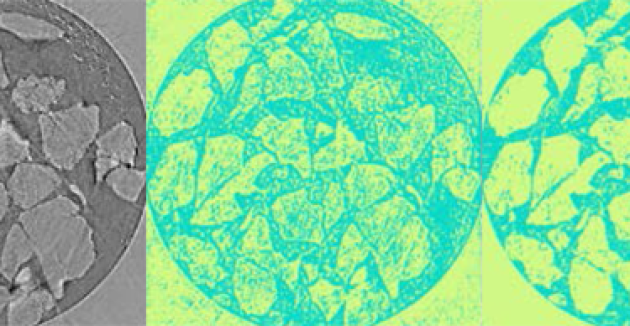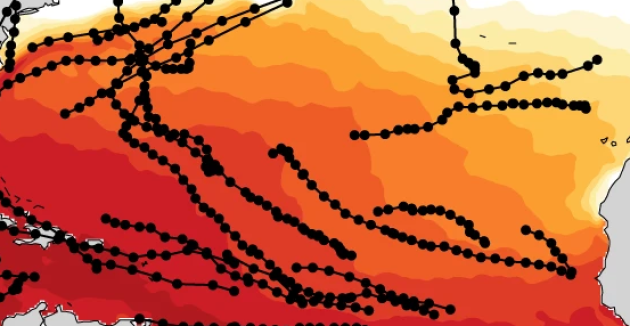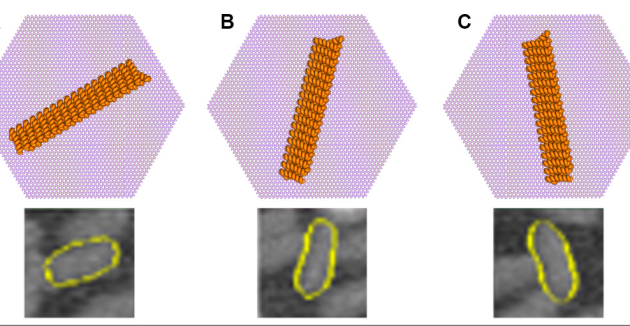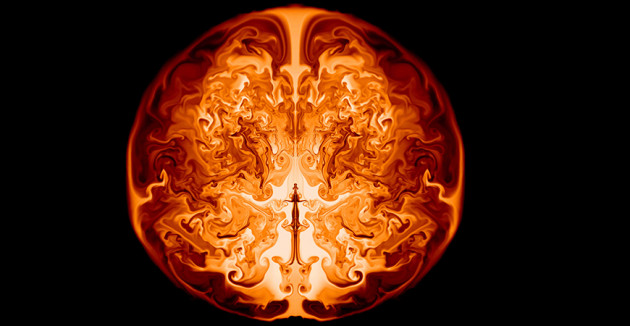
New Encoder-Decoder Overcomes Limitations in Scientific Machine Learning
Deep Learning Framework with CRF Model Solves Both Segmentation and Adaptability Problems

Computer Models Show Role of Climate Change in Intense 2020 Hurricane Season
Computer modeling of the 2020 hurricane season using resources at Berkeley Lab showed that human-induced climate change played a major role in fueling intense storms.

Computational Analysis Enables Breakthrough in Biomolecular Dynamics
Schematic of angular states and HS-AFM snapshots of protein nanorods in their energetically preferred orientations, corresponding to specific directions of the mineral lattice. Orientational free ener…

To Bridge LEDs’ Green Gap, Scientists Think Small
Computer simulations suggest that the strong quantum confinement in nanowires of indium nitride (InN) could hold the key to efficient green LEDs. Using ParaView, Burlen Loring assisted researchers by …

Simulations Reveal An Unusual Death for Ancient Stars
Simulations reveal that giant primordial stars may have exploded as supernovae and burned completely, leaving no remnant black hole behind.
The Machine Learning & Analytics Group conceives, designs, and implements new methods in high-performance machine learning, data and image analytics, computational geometry and topology, and visualization technologies. Our work involves a mix of theoretical research and applied research. The group works in close collaboration with scientific partners to identify and address challenging, large-scale, data-rich problems emerging from simulations, experiments, and observations.
Group Leader: Michael Mahoney






















